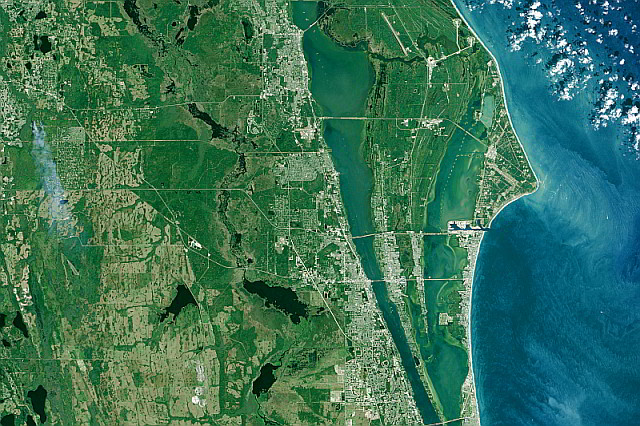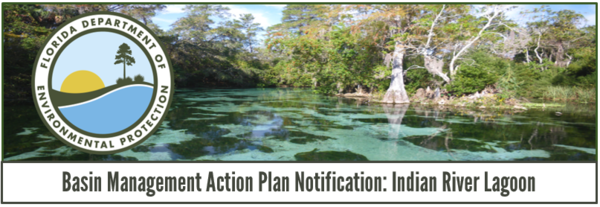Event:IRL Basin Management Action Plan Update 2024-04-25
The Florida Department of Environmental Protection (FDEP) will host a virtual public meeting on the North Indian River Lagoon, Banana River Lagoon and Central Indian River Lagoon Basin Management Action Plans (BMAPs) process on April 25, 2024 at 1:00 p.m. EDT.
Registration is open for the webinar. After registering, you will receive a confirmation email with information about joining the webinar. The meeting agenda is now available. Please email Diana Turner at Diana.M.Turner@FloridaDEP.gov or call 850-245-8825 with any questions.
This is a public meeting of interested stakeholders to discuss the Banana River, North Indian River Lagoon, and Central Indian River Lagoon Basin Management Action Plans (BMAPs).
The primary purpose of this meeting is to provide the annual update on the adopted BMAP and to discuss the upcoming BMAP updates.
The IRL BMAPs are updated every five years with the next update due in July of 2025.
Please send your questions, comments and feedback to Lisa VanHoudt at lisa.vanhoudt@floridadep.gov
What is a Basin Management Action Plan (BMAP)?
A basin management action plan, or BMAP, is a comprehensive set of site-specific strategies to reduce or eliminate pollutant loadings and restore particular waterbodies to health.
Each BMAP is designed to achieve one or more total maximum daily loads (TMDLs), each of which establishes a target for the maximum amount of a specific pollutant that may be present while ensuring the functionality and health of the affected waterbody.
Every BMAP is different to account for variations in water quality problems, land uses, pollutant sources, stakeholders, geography, hydrology and economic resources.
The fundamental steps in the BMAP development process are to identify and quantify pollutant sources; allocate responsibilities for reducing pollutant loadings; develop strategies and projects to accomplish the reductions; establish a monitoring program to measure progress; determine an implementation schedule; and identify financial resources to underwrite the necessary actions.
Common BMAP strategies include more stringent permit limits on wastewater facilities; land acquisition and conservation; public education; wastewater and stormwater system infrastructure improvements; agricultural best management practices; and financial assistance.
BMAPs are developed and refined collaboratively through a series of local public meetings and formal workshops and are adopted by enforceable Secretarial Order.
Restoration is a long-term process. BMAPs are typically developed in multi-year phases that include specific project and pollutant load reduction milestones in each phase. After adoption, the department holds regular meetings to keep stakeholders and the public apprised of progress and to generate new restoration strategies and projects. Each BMAP is reviewed and reported on annually and may be updated as necessary.
Download Current IRL BMAP Documents


